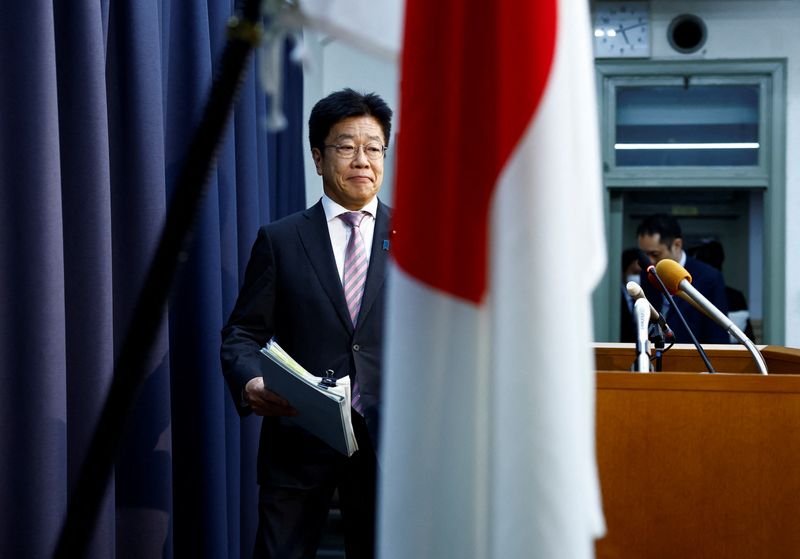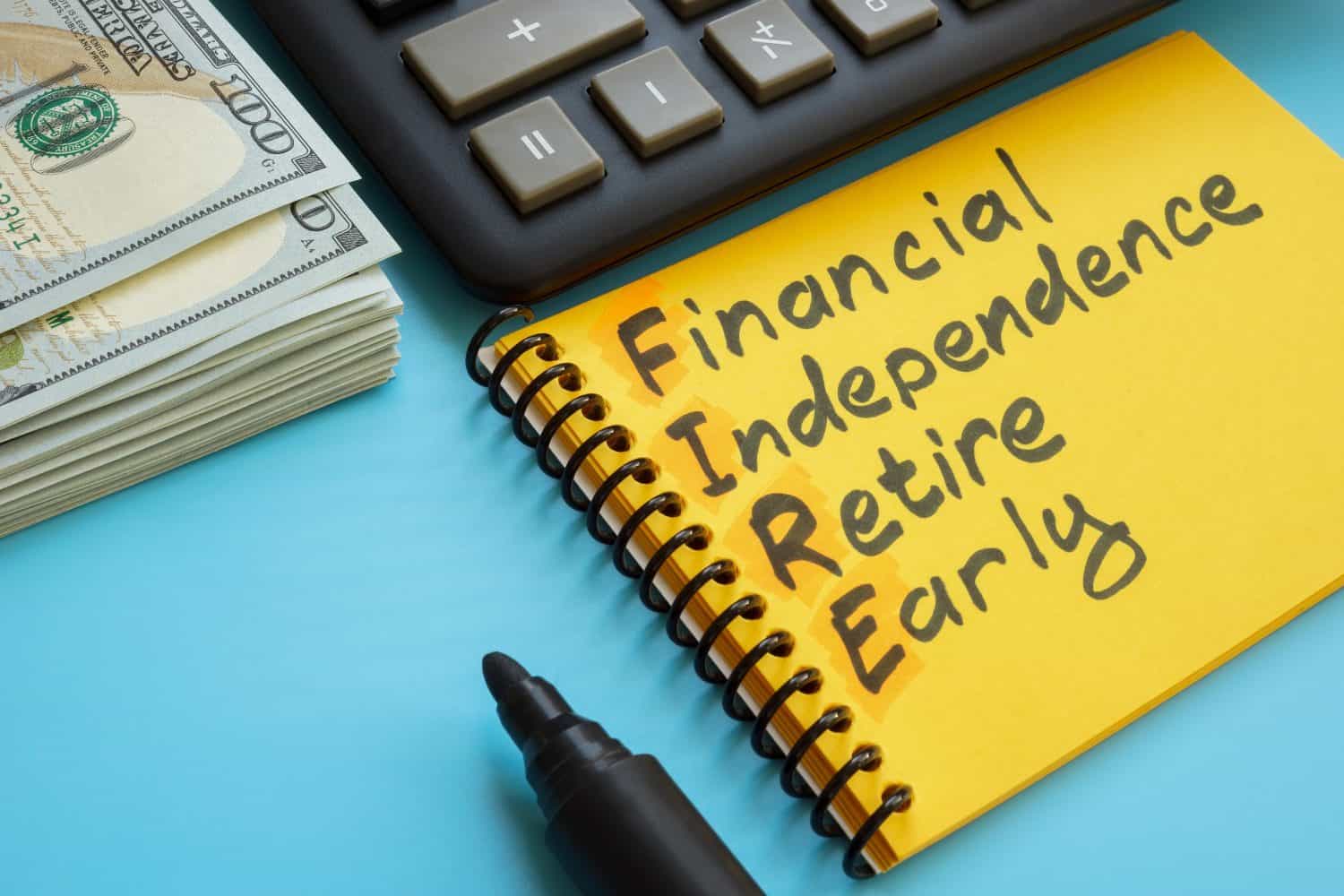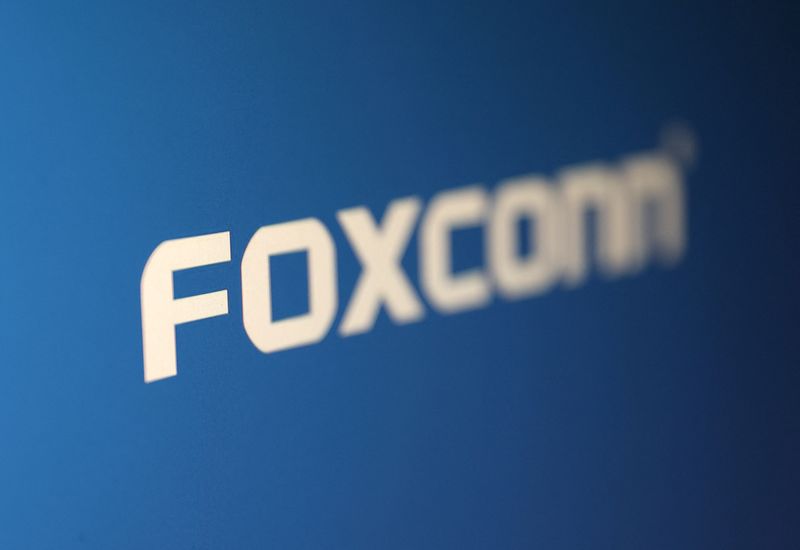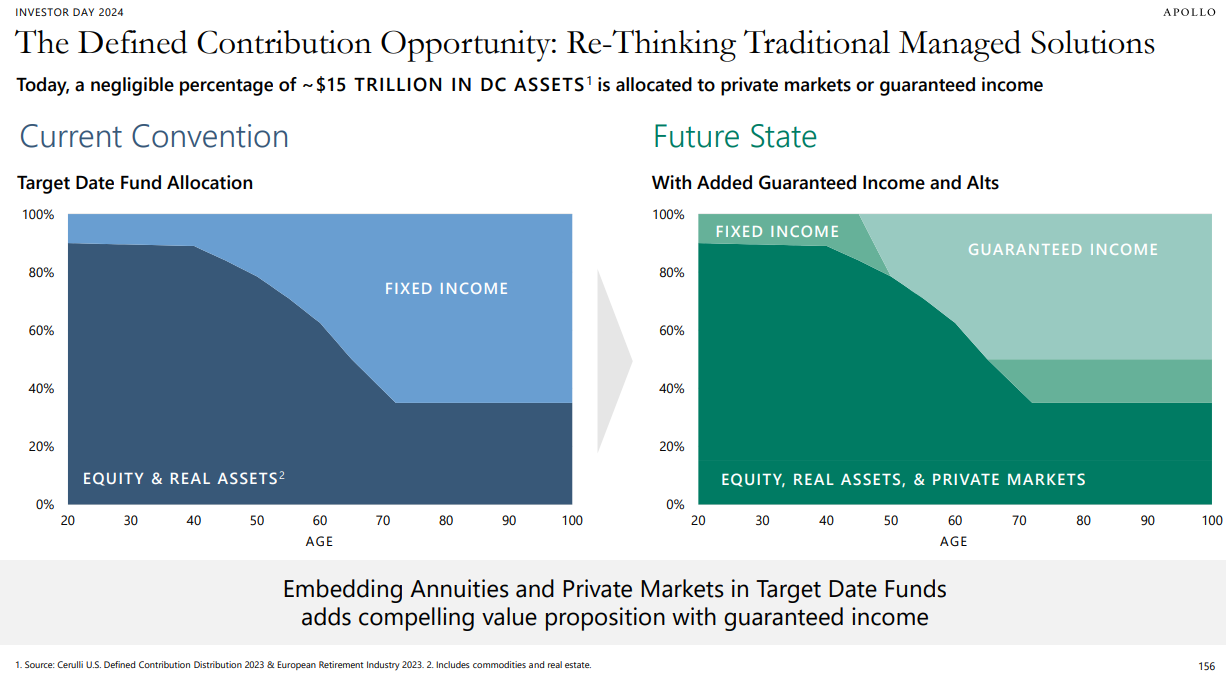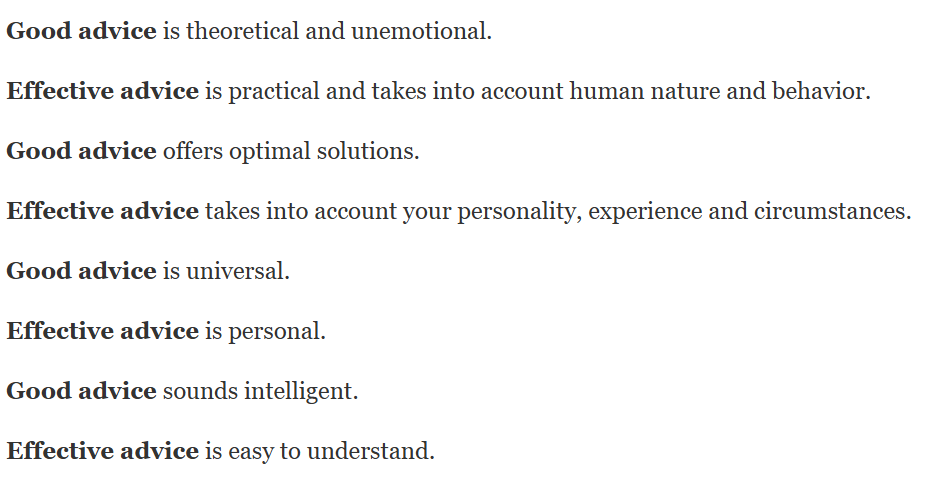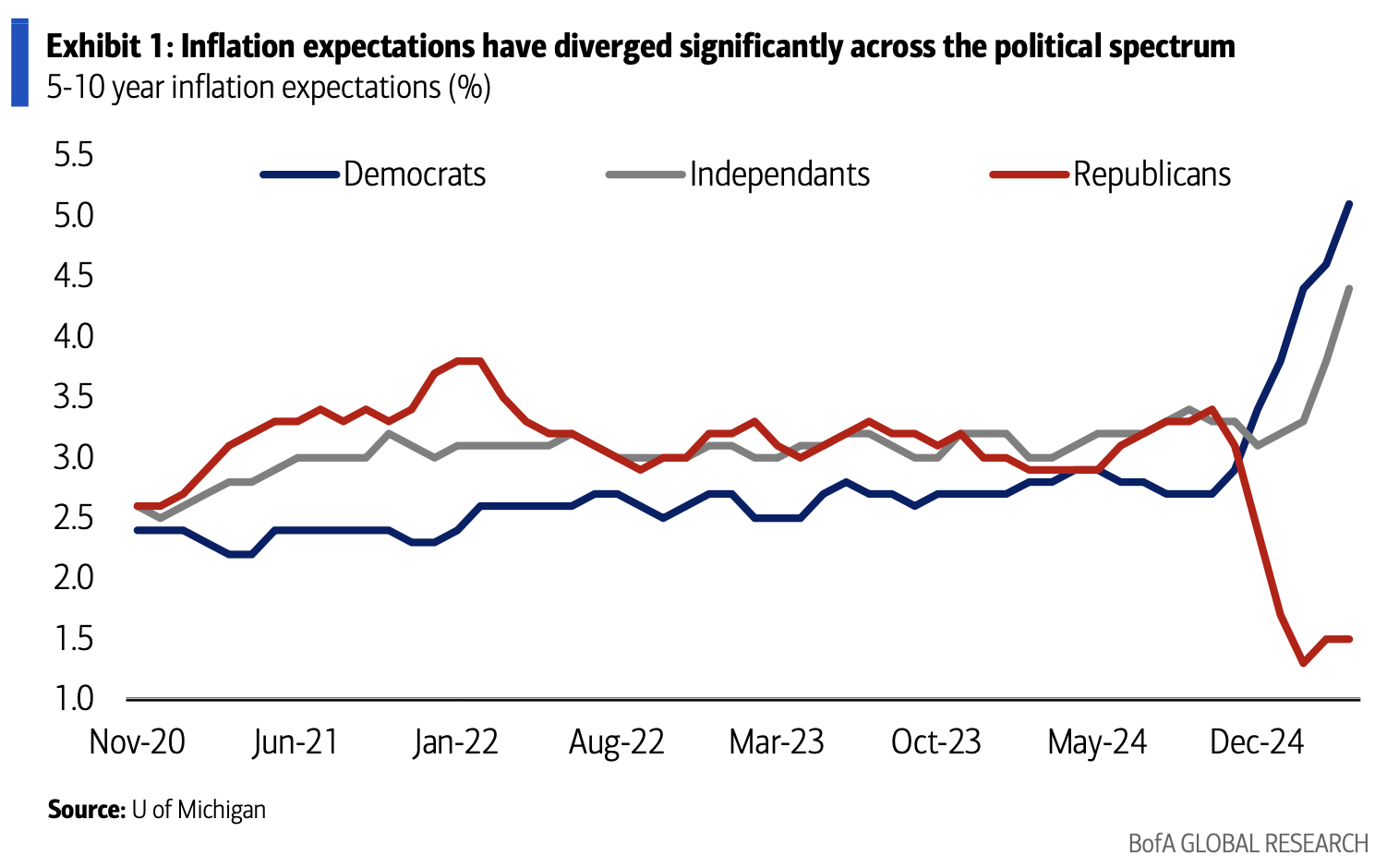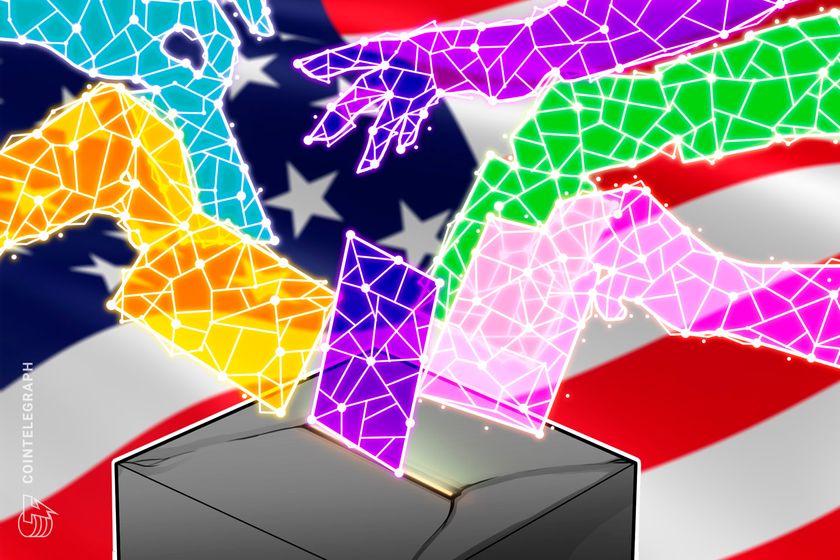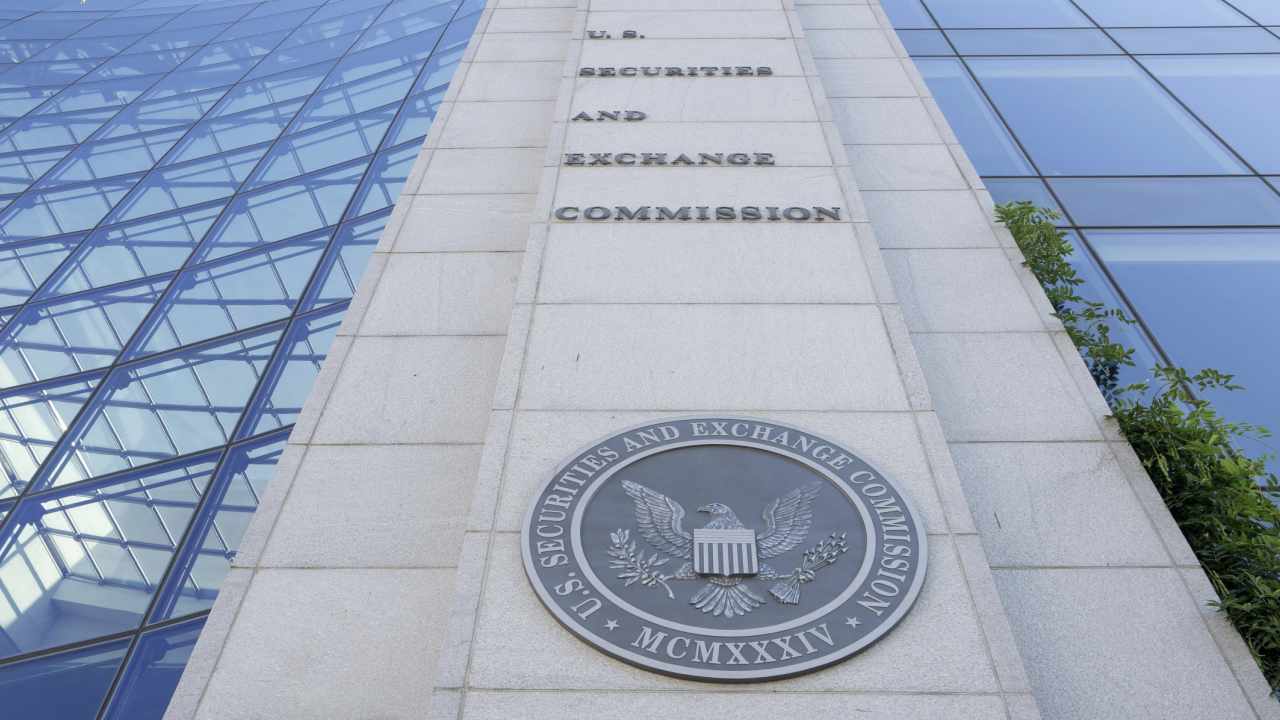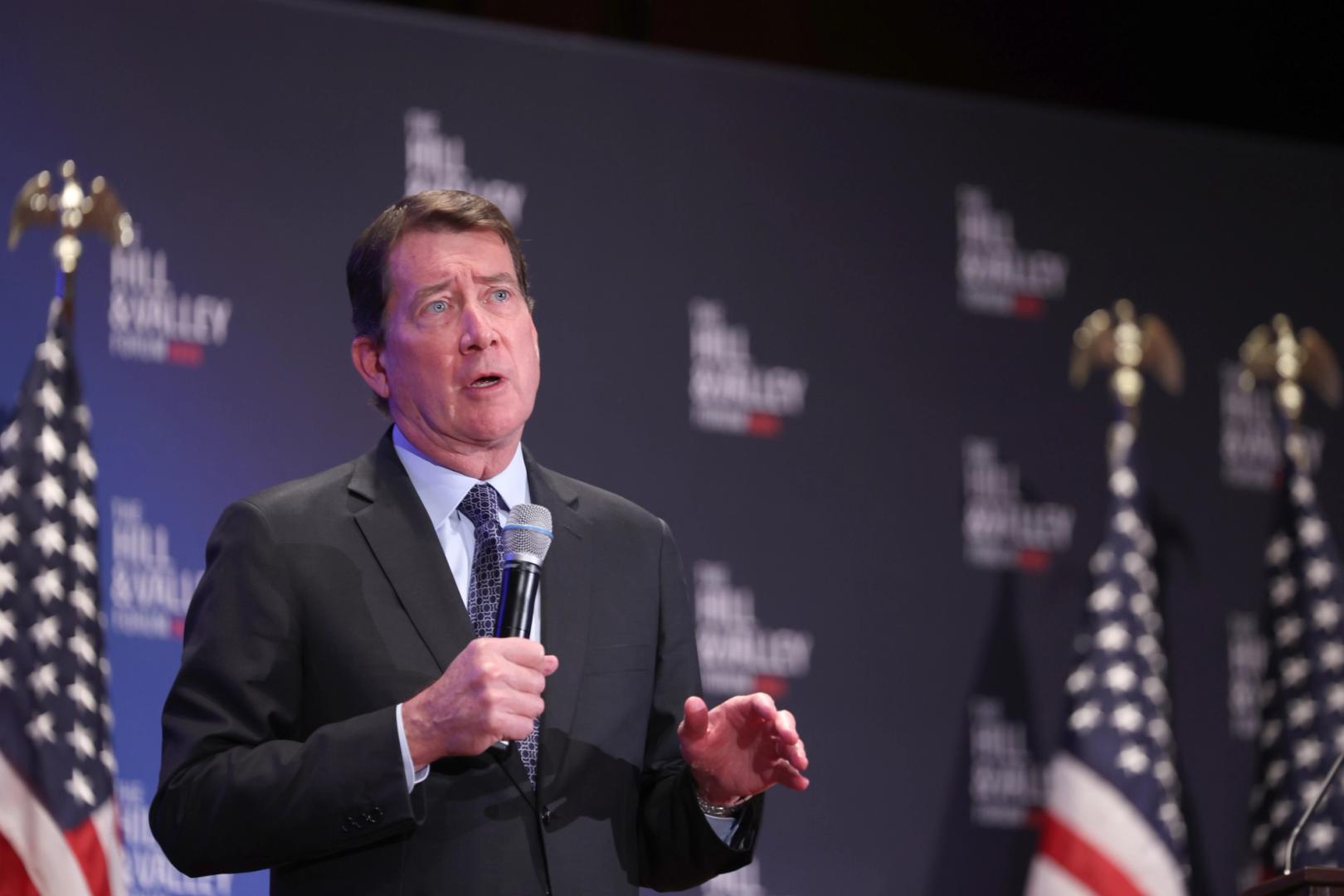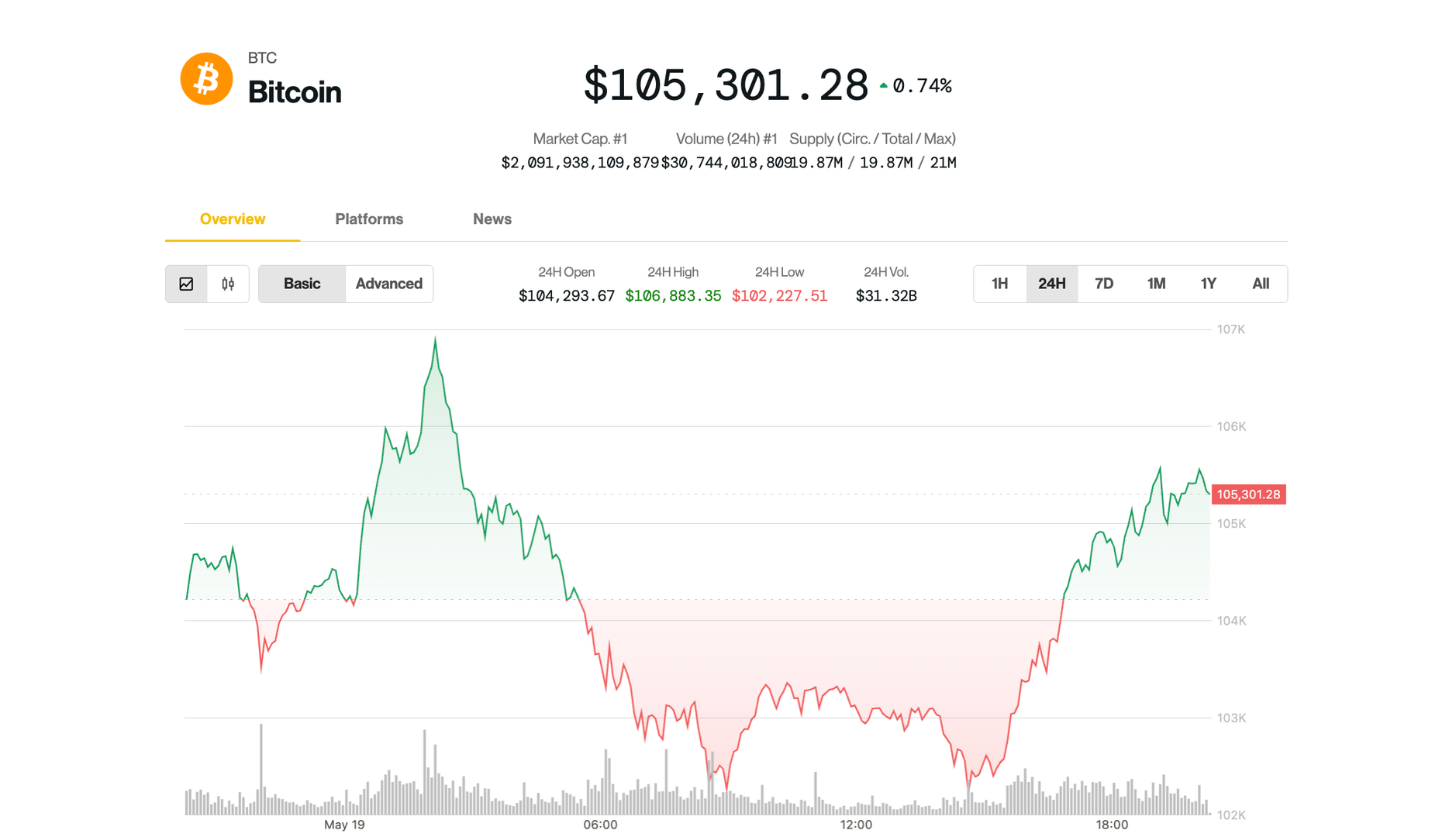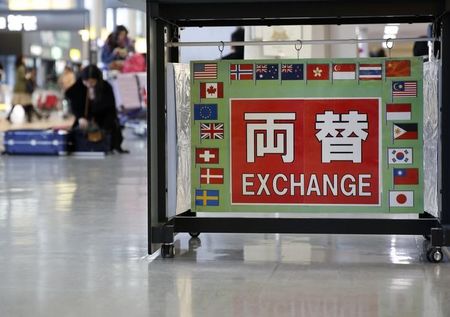Legal expert Kenji Yoshino shares the red flags to look out for as Trump’s DEI deadline looms
A crucial deadline is days away and employers should be prepared.

With a Wednesday deadline looming, senior leaders should have a solid bead on whether they are exposed because of their DEI programs and how they can offer compelling rationales for their initiatives.
In January, President Donald Trump signed an executive order giving federal agencies 120 days to identify up to nine organizations with “the most egregious and discriminatory DEI practitioners.” And considering the deadline is this week, companies better know where they stand on these issues, should the list be made public, said Kenji Yoshino, legal scholar and the Chief Justice Earl Warren Professor of Constitutional Law at the New York University School of Law, during a panel for Fortune’s Workplace Innovation Summit. A big part of that is understanding what makes up DEI programs to begin with, he says.
“We often get asked what's legal and what's illegal because executive orders all talk about legal, illegal, DEI, and the answer is, executive orders don't tell us that, because they don't have the authority to do that.”
Luckily there are some guiding principles leaders can use to determine whether or not their programs violate any laws, what Yoshino calls the “three Ps.”
For programs to be considered illegal there has to be a preference toward a protected group with regard to a possible benefit. For example, programs that Yoshino considers “red flags,” meaning they’re potentially illegal, include employee resource groups for only women to join, or mentorship programs only for people of color.
On the other hand, programs that could be fully legal, and which employers are more likely to get behind, include employee resource groups that are open to all, unconscious bias training across the company, sponsoring a pride festival, or tracking hiring data for diversity. Some other policies, such as supplier diversity programs fall into the middle, Yoshino notes, as it depends on how rigid the guidelines are for it. Aspirational guidelines, for instance, are likely fine.
And companies should take some solace in the fact that other organizations such as law firms and universities have been able to push back on the administration’s efforts, he says.
“What we saw in both of those instances is that the first targets immediately caved and negotiated. But as time went on, more and more companies began to fight.”
This story was originally featured on Fortune.com

